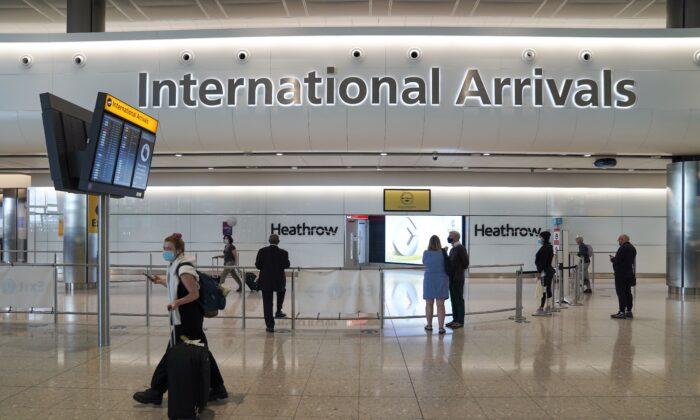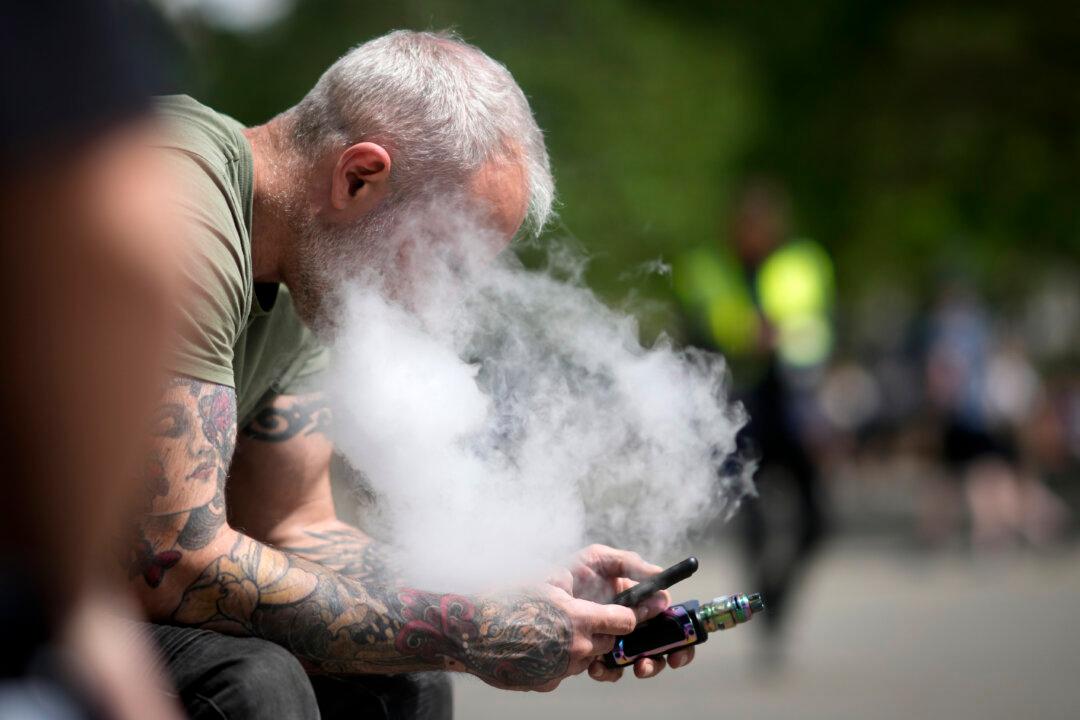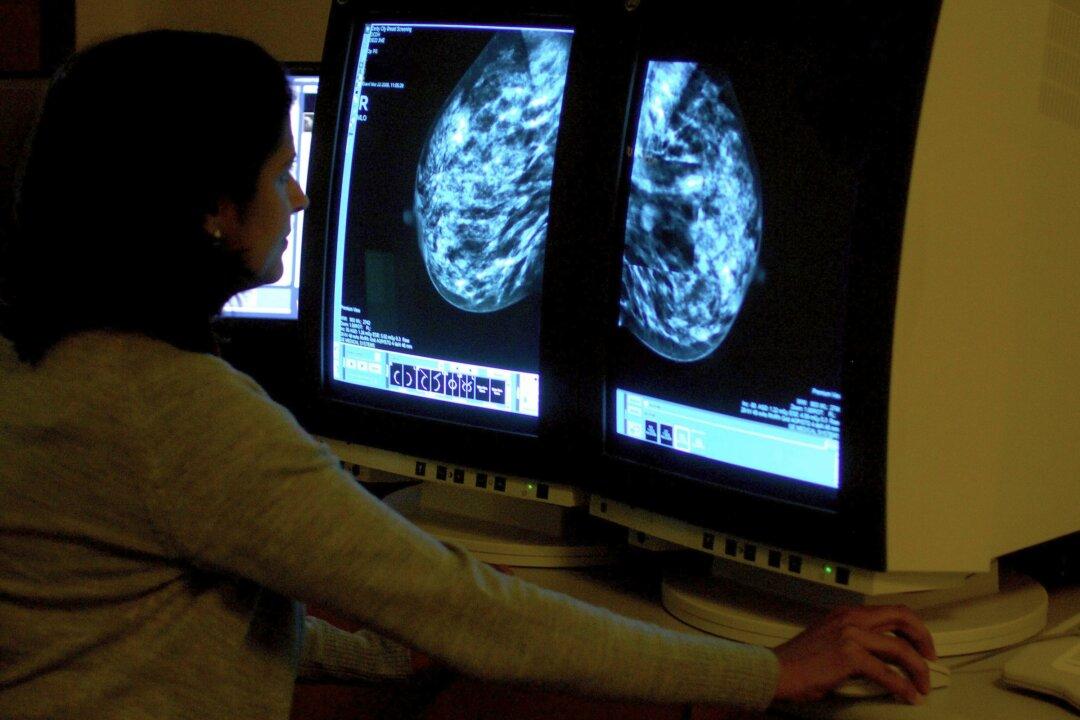The relaxation of coronavirus rules for returning holidaymakers risks being marred by difficulties obtaining affordable lateral flow tests.
From Sunday, fully vaccinated people arriving in England from a non-red list country can use a lateral flow test rather than the PCR version.
When Health Secretary Sajid Javid announced the new policy last week, he said it would make international travel “easier and cheaper.”
But problems were identified shortly after the government website listing firms providing lateral flow tests for travellers went live on Friday.
Analysis by the PA news agency found many of the companies with the lowest advertised prices either do not allow customers to book the tests, or the actual prices are much higher.
C-19 Direct is listed as offering the tests for £14.94 ($20.56), but the cheapest available option on its website is £59.95 ($82.49).
Frustrated travellers on Twitter described the listings as “fake advertising” and “clickbait.”
Lateral flow tests for non-travellers are available free of charge on the NHS, and in most other major European tourist destinations they cost no more than £25 ($35).
Problems obtaining affordable tests are a headache for thousands of holidaymakers preparing to embark on half-term trips.
Problems with PCR testing—including booking tests, receiving kits, and getting results—was a major issue over the summer.
The Competition and Markets Authority (CMA) was asked to review the PCR test process by Javid, who said travellers should not suffer from “unnecessary costs or low-quality provision.”
It recommended that the Department of Health and Social Care set up a “comprehensive monitoring and enforcement programme” for test providers.
Paul Charles, chief executive of travel consultancy The PC Agency, said the government failed to learn from its mistake.
“Yet again it is quoting prices for day-two tests which are not reflected by the actual test providers on their own websites,” he said.
“Its poor oversight and lack of regulation of this multi-billion-pound industry continues [sic] to beggar belief.”
Charles said the test shouldn’t cost more than £25, and that it’s “vital to shop around and choose a low-cost but bona fide provider.”
Rory Boland, editor of magazine Which? Travel, said it is “completely unacceptable that the government has released a list of testing providers which yet again misleads travellers.”
“The government has had months to make sure this list was accurate, but instead it features providers advertising prices lower than the true cost, several firms that don’t even sell the correct test, and is allowing providers to self-certify they meet requirements,” he said.
“Problems that consumers have faced with the PCR testing market have been well-documented so it’s inexcusable these issues have been repeated for the lateral flow testing system.”
Boland urged the government to “implement the CMA’s recommendations for both the PCR and lateral flow testing markets and take swift action against any rogue test providers.”
A Department of Health and Social Care spokesperson denied the accusations.
“These reports are inaccurate and misleading—the average price is between £20 [$27.5] and £30 [$41] for lateral flow tests and there is no provider listed on GOV UK offering lateral flow tests at £150 [$206].
“The UK Health Security Agency has put in place extensive checks to ensure pricing is fair and affordable for travellers. It is unacceptable for any private testing company to take advantage of holidaymakers and any private providers showing misleading pricing on gov.uk are being removed.”
Meanwhile, the Welsh government has announced it will mirror England’s lateral flow test policy, but the change will be implemented a week later.




